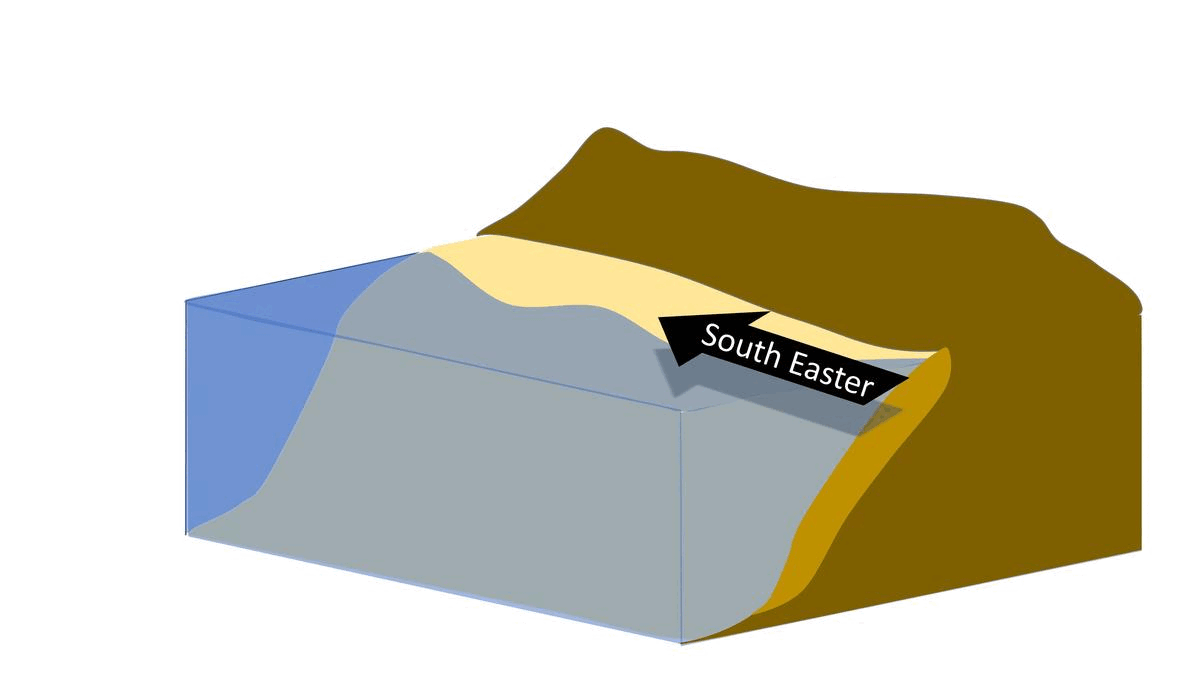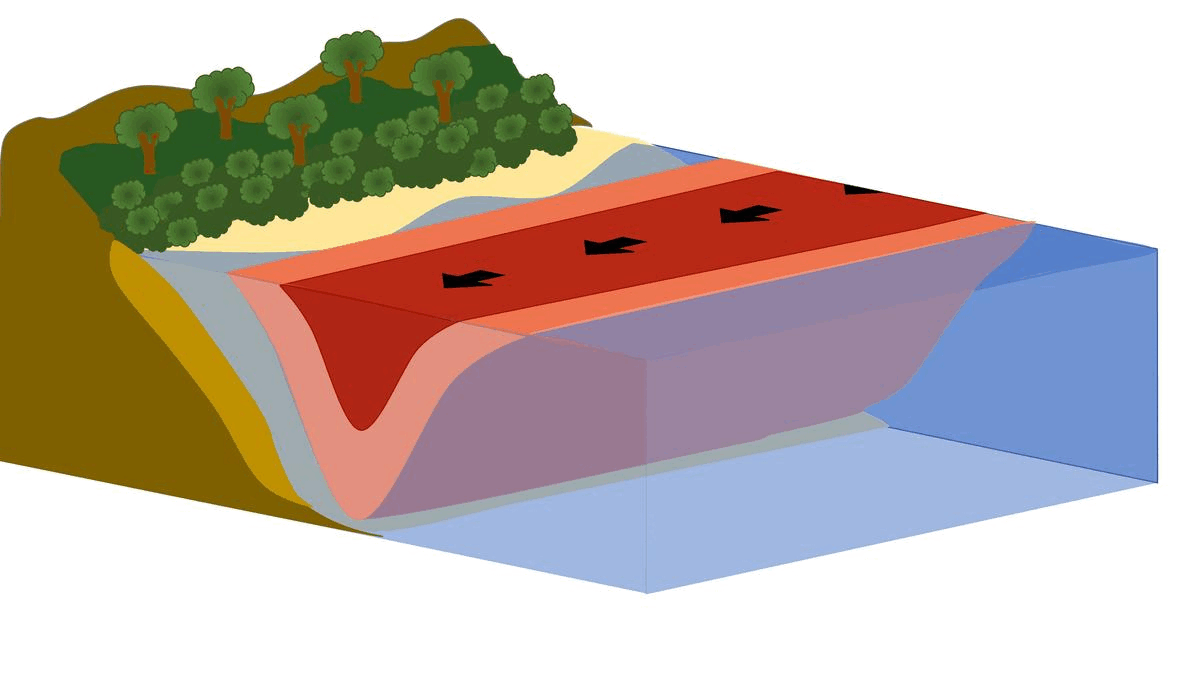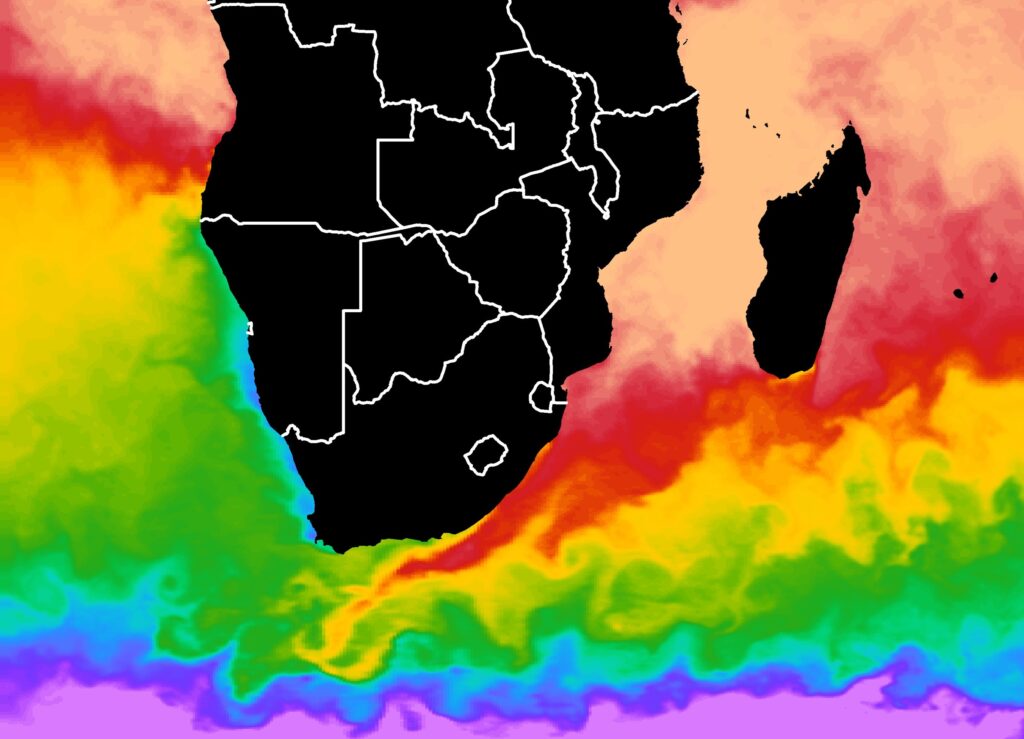Ocean Hot Topics
We would like to share some of the research that we have been working on with you. The topics below include research carried out by Egagasini’s modelers, physical oceanographers and marine biologists.
Why Is South Africa's West Coast So Much Colder Than The East Coast?
South Africa’s east coast is flanked by the south-westward flowing Agulhas Current which is responsible for distributing warm waters from the equator to the poles. Whereas the west coast of South Africa is flanked by the north-westward flowing Benguela Current which is responsible for distributing cool waters from the poles equatorward. This however is not the reason why the west coast is so much colder than the east coast. The culprit behind this can be found in the skies – the South Atlantic High Pressure System – it is responsible for the dominant south-easterly winds that exist along South Africa’s west coast.

These south-easterly winds which blow parallel to the coastline cause the surface water to move perpendicularly offshore from the coast, through a process called Ekman transport. This leaves a void at the surface of the ocean along the coast which gets filled by cold water from around 200-300 m depth. This process is called upwelling and the Benguela Upwelling System is one of four major upwelling systems in the world. You may ask why these types of systems are important, well the cold water that gets upwelled from depth is extremely rich in nutrients, so when this water reaches the surface (the sunlit portion of the ocean) it provides the perfect fuel for phytoplankton (plant plankton) to grow, triggering a positive feedback effect throughout the food chain. The major upwelling systems of the world contribute 20% to the global fisheries catch. Now for a bit of a twist – the water on the west coast is much colder in summer than in winter. Can you think why this would be? Well, if you’ve ever visited or studied the west coast, you may have noticed that the south-easterly winds are dominant and stronger in summer, resulting in stronger upwelling in summer than in winter.

Going with the flow: Where would you end up if you jumped into the ocean near Richards Bay?
Well the quick answer is that you would end up back in the Indian Ocean but let’s take a moment to see how this happens. If you’ve ever gone swimming in the ocean on South Africa’s east coast, you probably noticed that it was very warm, especially in comparison to the west coast. Well, this is because the water flows from the equator (where ocean temperatures are warmest) towards the poles. This flow is called the Agulhas Current and it is the strongest current in the Southern Hemisphere reaching speeds of around 7 km/hr, which to give you some perspective is somewhere between a jogging and running speed. So, if you were to jump into the water near Richard’s Bay and you just floated there, you would quite literally go with the flow. The current would take hold and you would begin moving south-westward, closely following the coast and still within reach of cell phone signal.
From Port St Johns you would start to move further and further from the coast. Can you think of why this might be? Well, if you thought it had something to do with the shape of the continental shelf – you would be correct. The Agulhas Current closely follows the shape of the continental shelf – which along the east coast is very narrow but from Port St Johns the continental shelf begins to widen until reaching its widest point just south of Cape Agulhas which is located on the Agulhas Bank (the name given to this section of the continental shelf). After floating passed most of the east and south coast you will find yourself about 300 km from the coast south of Cape Agulhas. Passed this point, the Agulhas Current no longer flows along the continental shelf and after a while of floating south-westward toward the Atlantic Ocean, you’ll undergo quite a substantial direction change. Here at the Agulhas Retroflection region, you will do a 180 and begin floating toward the Indian Ocean in what’s called the Agulhas Return Current because you’re “returning” back to the Indian Ocean.
Did You Know That We Have A "River" In Our Ocean?
Although not your typical river, the Agulhas Current, acts a lot like a river.



